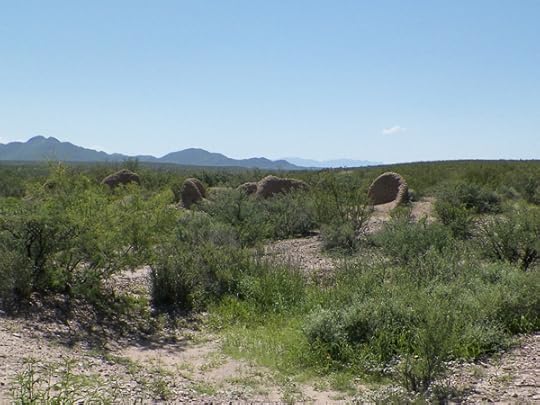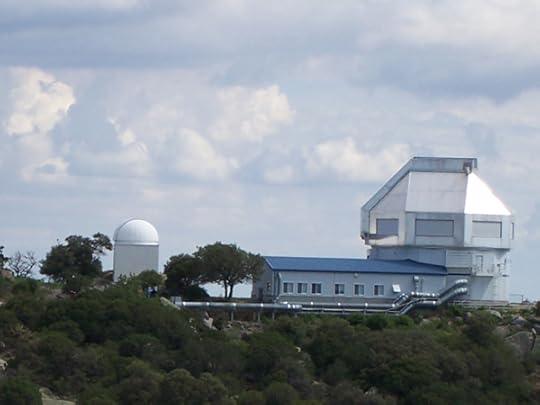Always Learning
Over the years, I’ve been fortunate enough to meet some truly remarkable scientists, including Vera Rubin, one of the first people to obtain evidence for the existence of dark matter, and Subrahmanyan Chandrasekhar, who won the Nobel Prize in physics for developing the theory of the evolution of massive stars. One of the things that strikes me about such people is that while they know a lot and have a lot to teach, they still feel there is more to learn. The thirst for knowledge never goes away.
Earlier this week, I received the second round of edits for my wild west steampunk novel Lightning Wolves. Here we see the remains of the Presidio Santa Cruz de Terrenate, one of the locations in the novel as it appears today:
I’m pleased that the novel is progressing toward publication, but I was also pleased to see that my editor had some good practical advice for how I could improve my craft. It’s true that a writer needs a thick skin when dealing with honest, tough feedback from an editor, but what I’ve found almost more valuable is the lesson I learned from the scientists I mentioned—there’s always something to learn.
Experienced writers know that it’s possible to get into an endless cycle of revision. The way a lot of people get around that is simply to find a place where you feel satisfied that you have done your best job with the work in progress. The danger of this approach is that you can reach a place of stagnation, a place where the bar never gets raised on having “done your best job.” That’s another place where having an attitude that there’s always something to learn helps. It doesn’t just soften the blow of criticism, it really does help one grow—not just as a writer, but at whatever you choose to do.
Another exciting thing about this past week is that I had a good full night observing at the WIYN telescope where we were able to use a device called the WIYN Tip-Tilt Module. This is an adaptive optics system that allows starlight to be concentrated into the strongest possible signal. In the six years I’ve been at Kitt Peak, the engineers have been working to get this device to work reliably and it was a genuine pleasure to see it succeed. We used it this week while imaging supernovae in distant galaxies. It reminds me that a willingness to learn coupled with persistence makes a very powerful combination, indeed.







